 Beyond This Point Are Monsters
Beyond This Point Are Monsters
by Roxanne Carter
Sidebrow, May 2013
210 pages / $18 Buy from Sidebrow or SPD
I’m a fan of bubble baths. Long, hot-as-you-can-stand-it, soap-suds-to-your-eyeballs bubble baths. Many people would agree, but few fiercely and biasly adore them. I confess to love them so much that if I randomly had a mud fight and then wound up in some place that didn’t have a bathtub, like a cheap motel or someone’s mole burrow of a studio apartment, I’d opt to go to bed filthy rather than take a shower.
There’s nothing like it. You sit there, you soak, you un-think. But, the best part isn’t what happens in the tub; it’s what happens afterward.
If you’re like me, you dry off, drain the tub, and lie down. There’s something about being in bed, fuzzy warm all over, with the sheets clinging to the damp crevices on your body. Being inert and liking it.
You know it’s kind of wrong, and if it goes on for too long, you start to feel selfish and irresponsible. You still have a million other things to do (fix lunch and iron your clothes for tomorrow, return a friend’s call, do some reading, etc) but it all just goes away and before you realize it, you’re dead sleep, the alarm clock’s going off, and you have less than 30 minutes on what’s an estimated 45-minute commute to work.
Roxanne Carter’s Beyond This Point Are Monsters reads like post-bubble bath syndrome. Although its strength is clearly the tub experience, or in this case, the written word, the book beds you like a cruel, delicious trance.
A brilliant cross between an Alfred Hitchcock thriller and Gloria Steinem pro-femme artistry, Carter’s novella is a loose literary adaptation of ABC’s soap opera of the early 1970’s, Dark Shadows. It describes the morbid truths of two women–Duchess and Darling (mistress and slave)–from distinct backgrounds. Carter deftly explores the strange relationship between the females in connection with a ghost (among other forces) staying in the house they occupy, working the blurred lines of their pain and joy, repulsion and attraction, fragility and strengths.
Each chapter in the book is another episode that delves deeper into the psyches of Duchess and Darling as they survive the trappings of the house. Early on, I got the feeling that much of the story was being narrated by the main ghost (a missing girl) in first person whose accounts of the two living characters I found more reliable than their own perspectives of each other.
Duchess has few words and an appetite forged by living in a lonely way through long years. the house hustling her, or the scenery.
….
Darling can’t imagine herself in any room with a window or mirror. without either, she wouldn’t want for a thing. for my-for her. darling is always talking about duchess. always parting her hair, shutting the two sides over her face-the same way she closes the curtains to keep out the thunder that’s chased her home.
….
i have obeyed what rules i can, and yet i have made a sound. there is a window, already. I don’t need to begin again. these are patterns i ought to know. birds flitting from one tree to the next. when i choose to look, i encounter too many birds to name. as i move around, i make mistakes. i make a sound and am heard, despite my best efforts. i look into the water and i see pictures there. i always carry this question: what will be enough?
….
Not knowing all the details added to the suspense of the story and came much as a relief, rather than a disappointment. The instability of the plot, paired with the disheveled appearance of the text, is what heightened the mystery continuously gnawing at my curiosity.
The only thing I ever felt sure about was the fact that Duchess had come to the house after doing something horrible that isn’t quite spelled out for the reader. Once again, not knowing all the details added to the suspense and came much as a relief, rather than a disappointment.
It’s kind of like the “black sheep” uncle who visits the family for the first time in 25 years during one Thanksgiving dinner. The distance in his eyes and the way he laughs at everything indicates he’s clearly disturbed, although he’s dressed to the nines in a tailored suit and genuine alligator shoes. You welcome and compliment him on his abrupt fortune, but your good manners and an instinctive pinch keeps you from asking what he’s been up to since the last time you’ve seen him.
Carter’s symphony of words is the book’s tailored suit and alligator shoes that kept me distracted much to my delight. The author’s uncanny ability to make the reader feel truly suspended in the air throughout the story with nothing to hold onto but the reality of her next word is forever present. And, she often draws parallels between the environment – house and sea – and the temperament of the characters which solidifies the story’s pace and adds layers to it. In doing so, the setting, of course, becomes its own character.
….
the house is bigger, more silent, more boring than ever. nothing appears changed. the clouds predominate, the house entirely subordinate to the sea. these do not make the atmosphere what it is.
….
Beyond This Point Are Monsters reads like a beautiful nightmare that you never want to wake up from. A literary orgasm created by a threesome of conceptual metaphors, vivid imagery, and the written word. A gothic narrative spitting in the face of its predecessors as it rebels against the genre’s norms.
Like post-bubble bath routine, the book possessed me, compelling me to tear through its pages. One of the only things I could’ve done without was the author’s inclination towards repetition which left me dizzy and frustrated at times. There were several episodes that I just didn’t get, but not understanding became part of the story’s sensual appeal and established as an acquired taste; you’ll need to exercise patience to finish this book and feel satisfied. Be prepared to sweat a little.
***
Lyndsey Ellis is a writer and media relations professional living in Oakland, California. She’s a Voices of Our Nation (VONA) alumni and has an MFA in Writing from the California College of the Arts in San Francisco. Ellis is currently a columnist for 7×7 and contributing writer for Shades Magazine with other work appearing in Know the Names of Things Online Literary Anthology, Synchronized Chaos, For Harriet, and InDigest.

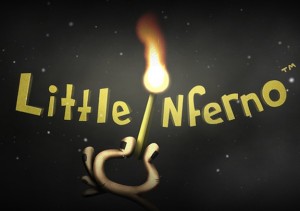 Little Inferno
Little Inferno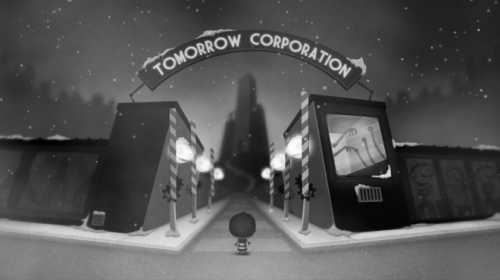
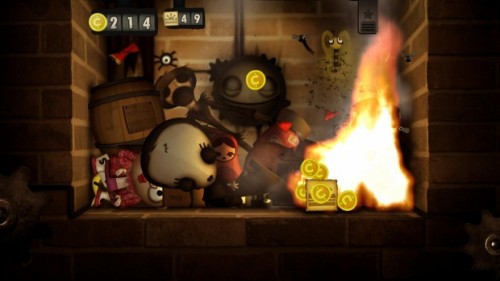 As any young pyro can attest, combustion is an exciting but brief event; like everything else in this game, it can’t last forever. And once you’ve burned something, it’s gone; you can’t ever go backwards. This element made Little Inferno a difficult game for critics to review. On the one hand, all burnable objects react in often surprising and always entertaining ways. Heavenly bodies (in miniature, naturally) exert a very localized gravity that causes other objects to orbit around them; “Kitty Kitty Poo Poo” releases massive quantities of fast-burning cat excrement; mysterious wooden idols sing in three-part harmony; and a floppy disc containing the Little Inferno beta causes the fire effects to briefly tranform into blocky, low-resolution pixels. Combining these objects in different ways can cause chain reactions and emergent situations, increasing the entertainment value further.
As any young pyro can attest, combustion is an exciting but brief event; like everything else in this game, it can’t last forever. And once you’ve burned something, it’s gone; you can’t ever go backwards. This element made Little Inferno a difficult game for critics to review. On the one hand, all burnable objects react in often surprising and always entertaining ways. Heavenly bodies (in miniature, naturally) exert a very localized gravity that causes other objects to orbit around them; “Kitty Kitty Poo Poo” releases massive quantities of fast-burning cat excrement; mysterious wooden idols sing in three-part harmony; and a floppy disc containing the Little Inferno beta causes the fire effects to briefly tranform into blocky, low-resolution pixels. Combining these objects in different ways can cause chain reactions and emergent situations, increasing the entertainment value further. Beyond This Point Are Monsters
Beyond This Point Are Monsters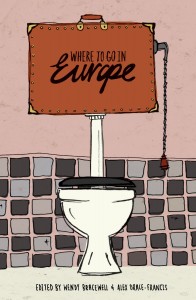 Where to Go in Europe
Where to Go in Europe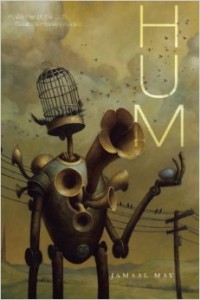 Hum
Hum 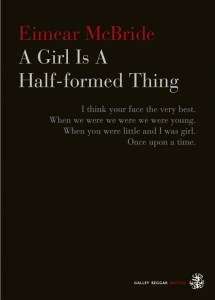 Girl Is A Half-formed Thing
Girl Is A Half-formed Thing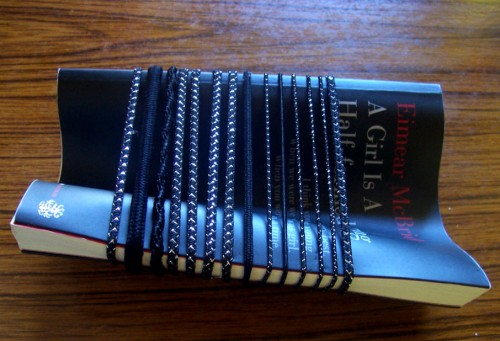
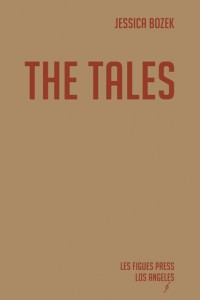 The Tales
The Tales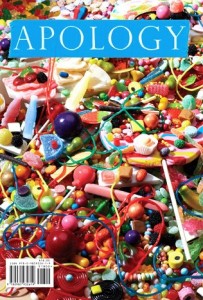
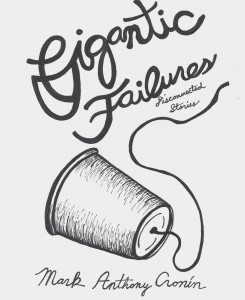
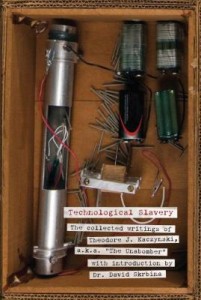
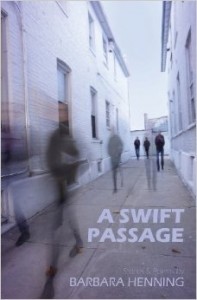 A Swift Passage
A Swift Passage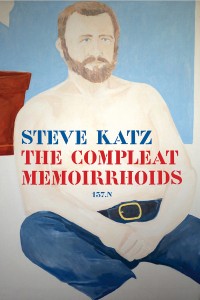 The Compleat Memoirrhoids
The Compleat Memoirrhoids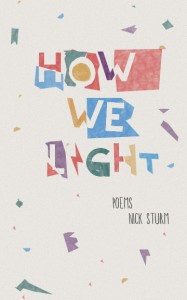 How We Light
How We Light